Books
BOOK REVIEW | 'The Road to Surrender: Three Men and the Countdown to the End of World War II,' by Evan Thomas
This book review introduces author Evan Thomas's new, intimate insights into the thinking of three key men who played decisive roles in ending the Pacific War.
Published
5 months agoon
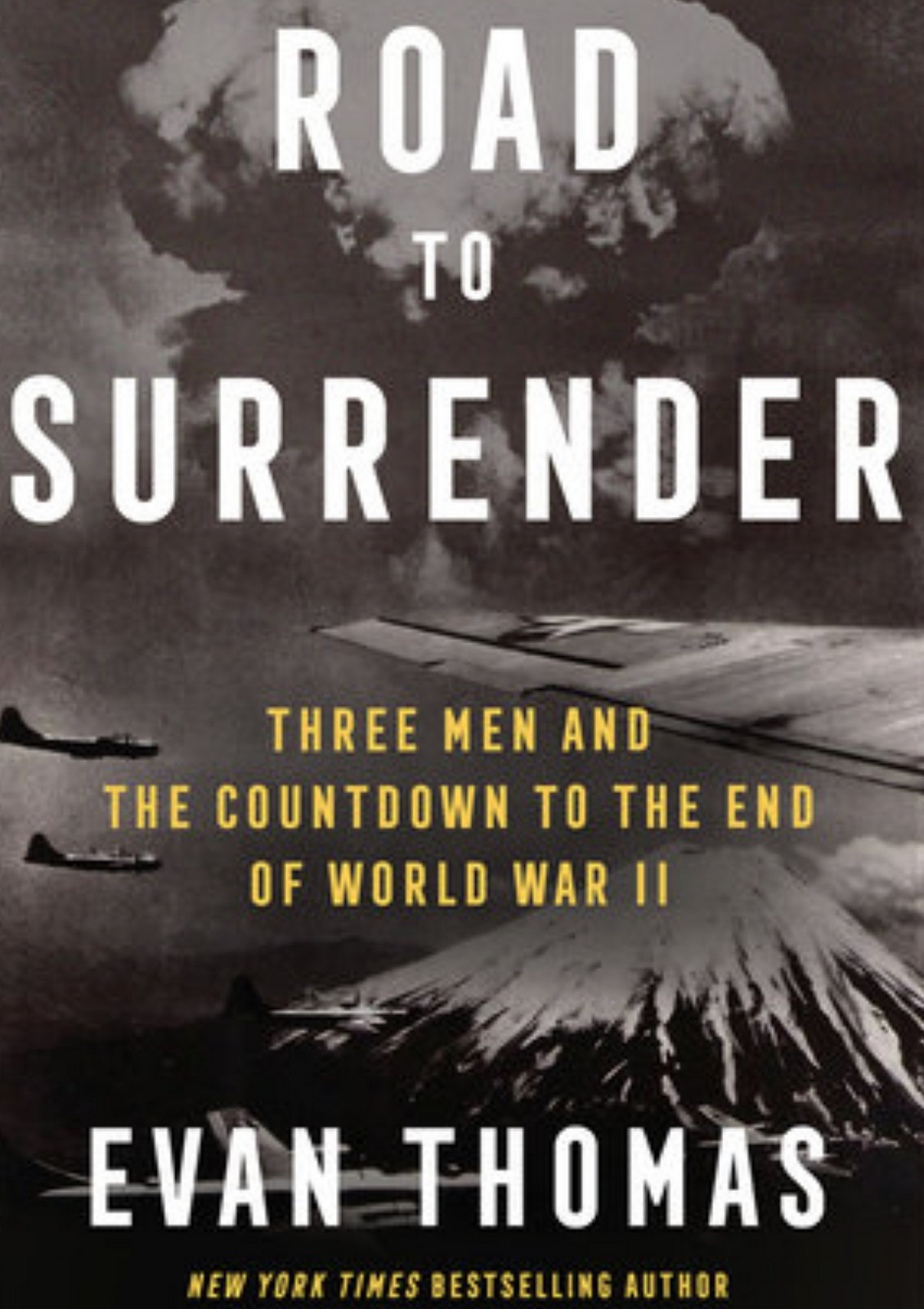
Utilizing the private papers of key statesmen from both Japan and the United States, this book examines the final weeks and days — and sometimes minutes — of the end of the Pacific War. It is a sober, unique, and well-written account of the most horrible, but perhaps necessary, decisions of the war.
The final weeks and days of the Pacific War witnessed some of the most morally complicated decisions and leadership dilemmas of any time in world history. American leaders faced the challenge of how to bring about Japan's "unconditional surrender." That is, surrender as early as possible as part of Operation Downfall, with the least loss of life on both sides.
One of the methods for doing so — the use of the most devastating weapon in history until that time — would unleash a genie that has yet to return to its lamp.
The behavior of the individual and collective leadership of both countries and their decisions during this period understandably remain controversial to this day. Many innocent people died as a result of the use of atomic bombs on Hiroshima and Nagasaki. Yet the reasons behind their use continue to be hotly debated.
Hence, the author attempts to shed light on the internal decisions (or non-decisions) to bring the destructive war to a conclusion in 1945. He employs memoirs, diaries, personal papers, declassified documents, and existing scholarship. Furthermore, he writes in a highly readable format, using the present tense. The effect is that we feel as if we are in the rooms and combat headquarters where the decisions are being made. Moreover, we feel we are in the minds of the deciders themselves.
Investigating the Decisionmakers
Almost all the decision-makers were conflicted. But they had a job to do (and in some cases were promoting longer-term organizational interests as well). The author uses their public statements and private thoughts as seen in their diaries and personal papers. As well, he uses the recollections of others who were there or nearby. In doing so, he is able to convincingly demonstrate the depths of their anguish.
Evan Thomas is the author of nearly a dozen biographies. He served as a writer, correspondent, and editor at Time and Newsweek. His first book, a coauthored one, remains my second favorite book of all time. (It would have been my favorite, except it was superseded by the earlier memoirs of George Kennan, one of the figures examined in the book Thomas coauthored.)
Focusing on Three Important Actors
Like that book, The Wise Men: Six Friends and the World They Made (Simon & Schuster, 2013), the study being reviewed here balances multi-biography with storytelling. Of the many individuals that appear in the book, it focuses on three men. They are US Secretary of War Henry Stimson, General Carl Spaatz (in charge of the strategic bombing campaign), and Japanese Foreign Minister Shigenori Togo.
It would be fair to say that until now, these three men have been looked at as supporting characters rather than central figures in the history of the Pacific War, and particularly its final weeks. But Thomas seeks to change that. Importantly, he also brings in the Japanese side of the story.
Thomas writes, "Though Stimson and Spaatz never met Togo — and probably knew very little, if anything about him — these three men became unlikely partners in averting a cataclysm of death beyond the world has ever seen or, one hopes, will ever experience. It was a close-run thing." (p xvii)
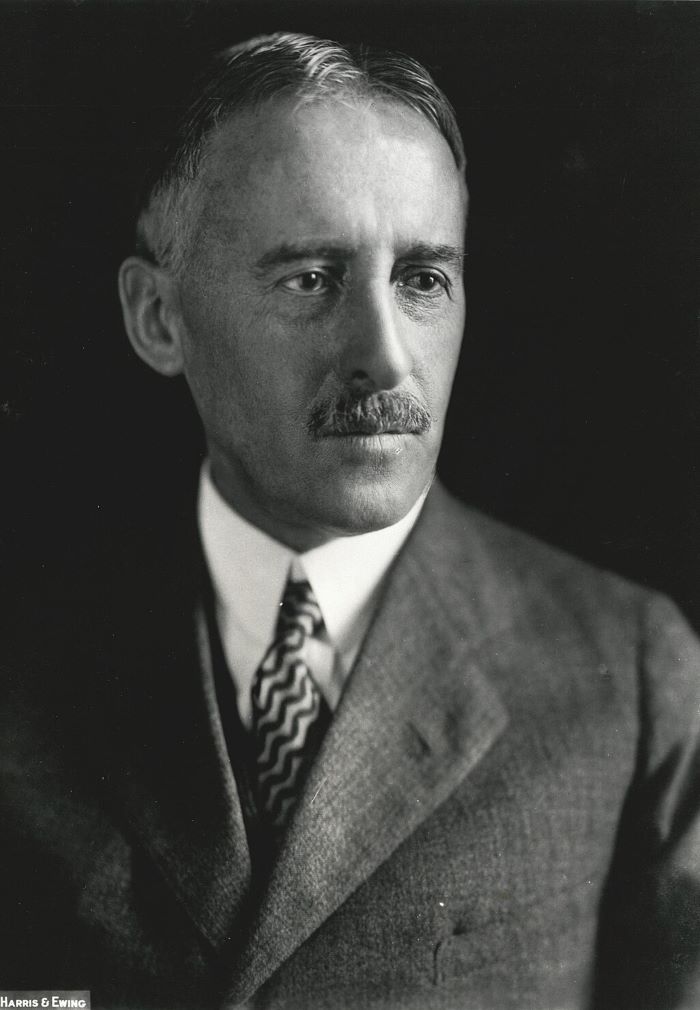
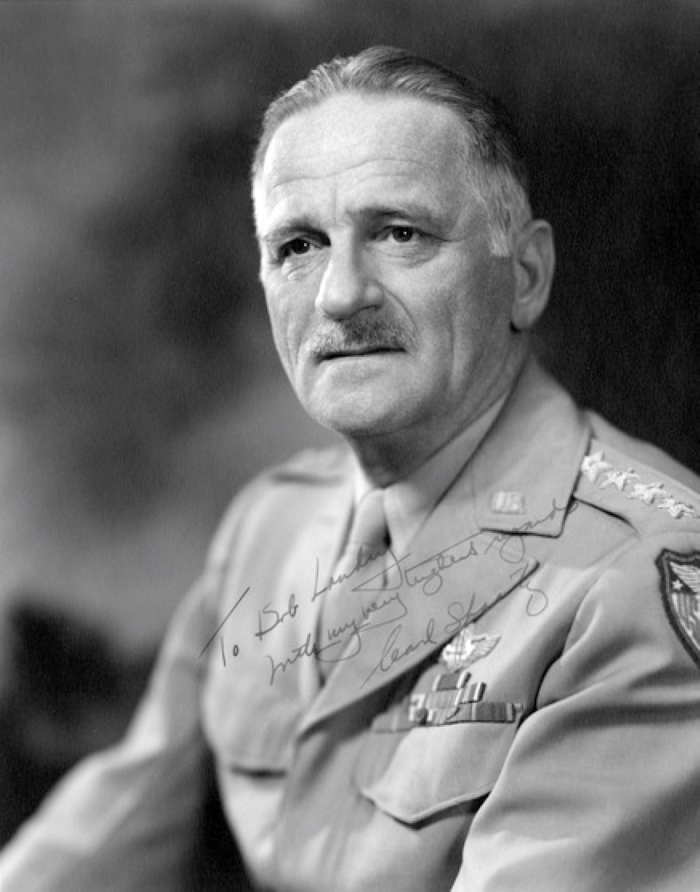
Potential 'Cataclysms of Death'
There were actually three "cataclysm[s] of death" awaiting Japan and the United States. The first one was a US invasion of the main islands of Kyushu and Honshu. This fight, if the battles of Peleliu, Iwo Jima, and Okinawa, were any indication, suggested Japan would fight a war of attrition to practically the last man.
In the case of the homeland, it would be to the last woman and child, too. Hundreds of thousands, if not millions, were expected to die on the Japanese side. And perhaps as many as 500,000 US troops would be killed or injured as well. This does not include hundreds of thousands of Japanese and Allied forces. And it doesn't count civilians in other parts of Asia who would have also been slugging it out.
The second "cataclysm of death" was the death toll that was expected from further bombings of cities with incendiaries by B-29s. Those bombs had already destroyed parts of Tokyo, Osaka, and other major cities. They caused unprecedented numbers of deaths and tens of thousands to become homeless.
The US Army Air Force, which sought to become independent of the Army, favored this approach. It showed the ability of air power to shape the war and bring it to an end. This was put bluntly (but, unfortunately, accurately, by Major General Curtis LeMay, commanding officer of the XXI Bomber Command. LeMay said, "If you kill enough of them, they stop fighting." (p xiii)
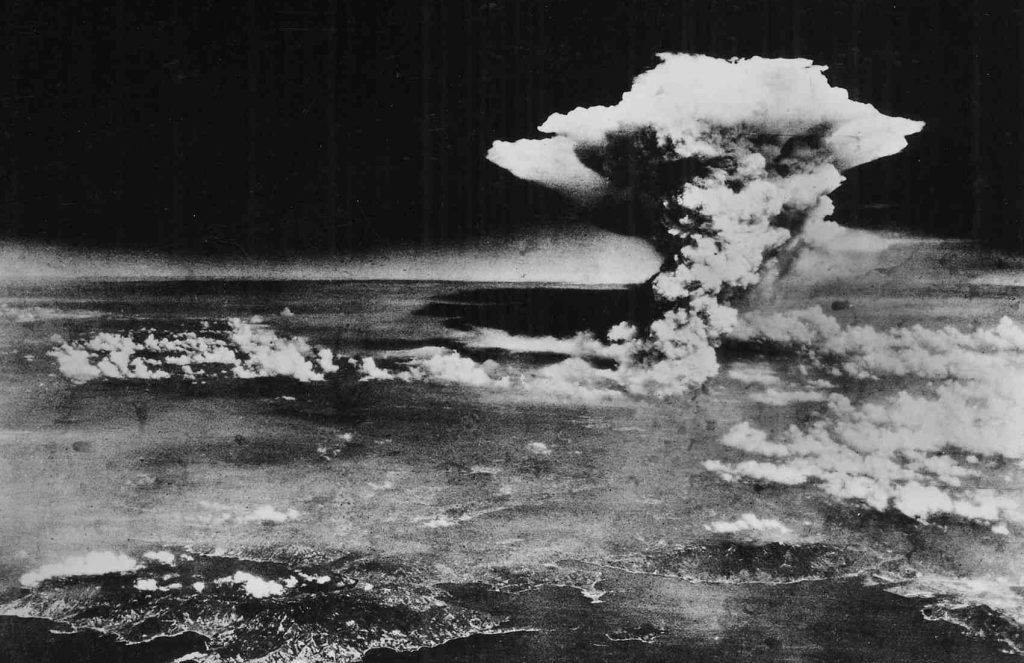
The Atomic 'Cataclysm of Death'
The final "cataclysm of death" was, of course, the use of an atomic bomb. At the time, it was in the final stages of being developed and tested. How and where to use it were the subjects of heated debate among the limited number of individuals in the know in the US government. However, its use "was a foregone conclusion," according to the author. (p xiv)
Not unless Japan surrendered, unconditionally, before then. But getting Japan to lay down its arms quickly was a diplomatic and political minefield in both countries.
Rare in Highlighting the Internal Debates
This book is particularly interesting in that it highlights the fact that much of the fighting took place within each government. It did so bureaucratically, vis-à-vis the external enemy.
An example of this other war was the effort by Stimson, who "oversaw the building of the bomb and authorized the order to deliver it" (p xv) to prevent the use of the atomic bomb on Kyoto. This was despite Kyoto regularly appearing on target lists. Stimson had to remain vigilant against a trigger-happy (or, in this case, a payload door-happy) air force.
Thomas writes of one such scene in which Stimson successfully removed Kyoto from the target list: "Stimson is feeling invigorated. 'It was a beautiful clear day, cool, very unusual for Washington in May,' he records in his diary. He allows himself a small moment of triumph."
Togo, on the other hand, was trying to get the prime minister and cabinet, as well as the emperor himself, to recognize the futility of continuing. He sought to negotiate a surrender before it was too late. Togo took extraordinary steps and risks to do so but lost out in the end — doubly so. He was sentenced by the International Military Tribunal for the Far East as a war criminal (but not sentenced to death).
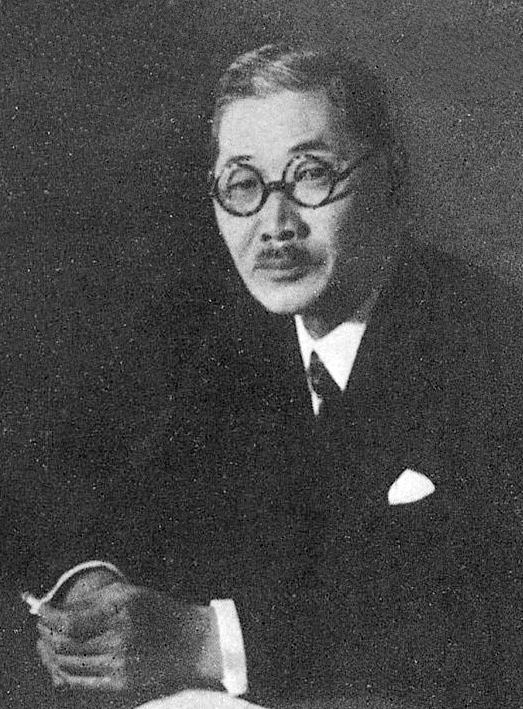
Contemplating the Moral and Immoral
While repeating several cliches and making a few noticeable factual mistakes about Japan, Thomas provides interesting observations about the nature of the country's internal deliberations at the time. They include fears of assassination or attack by hot-headed subordinates (ie, insubordination or gekokujo, see pp 68, 70, 108), reading each other's minds (haragei, see p 65), and face-saving kabuki (pp 70-71) for government ministers and military officers.
By introducing Togo's efforts to facilitate a surrender within the Japanese government, Thomas is able to show just how stubborn and unrealistic the military was. "Possibly, one bomb was enough to persuade the emperor, but it took at least two to make the Japanese military realize that the threat of more bombs offered a face-saving excuse to surrender." (p 227)
Delays in deciding to accept the Potsdam Declaration announced in late July by the Allies bought time for Spaatz to safely deliver the first, and then, second atomic bombs. These were dropped on Hiroshima and Nagasaki respectively.
Interestingly, Spaatz initially was against their use but came to accept it. Thomas, who used Spaatz's personal papers and interviewed family members, wrote about one of the reasons for this change. "Spaatz's aim [to using the atomic bomb]…was also to end the American firebombing of Japanese cities." (p 140)
This could probably be called "morality within immorality" or "humanity within inhumanity." The firebombing of cities was clearly immoral and illegal. But what of the atomic bombs?
Family Reflections
Like Thomas, Spaatz, and Stimson, I believe that the use of the atomic bombs, while horrible, was necessary. The decision was certainly not easy, as demonstrated by Thomas. Moreover, I don't envy any of the decision-makers at that time. I remain open to being convinced otherwise.
My view, incidentally, is not influenced by the fact that my father was in the Battle of Okinawa. He would have been scheduled to participate in the landings in Kyushu or Kanto had they occurred. Thus, he was spared by the war's "early" end.
Agony of a Late Surrender
Japan's surrender was mercifully early from an ordinary American's perspective, but tragically too late from a Japanese one. Modern-day statesmen, therefore, should read this book and its fourteen chapters carefully. So should the people of both Japan and the United States. This will help us come to a better, albeit not final, understanding of what happened at the time.
The same lesson hit home very recently for me. Around the time I started reading this book, I visited the office of one of my mentors. I had been there many times, but I noticed on his wall a painting of the meeting of the Supreme War Council described in the book (pp. 159-163). It was the meeting attended by the emperor in which he decided to end the war.
I asked my mentor, a former member of parliament, on this visit why he had the painting displayed. He told me, "Leaders need to know when they are defeated so they do not bring further destruction upon their country.
"They have already lost the authority to govern when they are attacked. But [they] have further lost it when they prolong a fight unnecessarily and bring about absolute ruin upon their country."
Then, alluding to the war in Ukraine, he added, "[President Volodymyr] Zelenskyy has long lost the authority to govern. He allowed Russia to invade and has needlessly continued to sacrifice the people of his country when there are no prospects of winning."
It looks like the old adage of ignorant, weak, and desperate men being destined to repeat history. Hopefully, Thomas' book will shed light on the history of one of the worst wars and endings ever. Those lessons should be learned sooner rather than later.
About the Book:
Title: Road to Surrender Three Men and the Countdown to the End of World War II
Author: Evan Thomas
Publisher: Penguin Random House, May 2023
ISBN: 9780399589256
To purchase the book or learn more: Visit the publisher's website.
RELATED:
- BOOK REVIEW | 'Action Likely in the Pacific' Giving a Valuable Korean Account of the Imperial Era by John Koster
- INTERVIEW | Masamitsu Yoshioka, 105, One of the Chosen Few at Pearl Harbor
- BOOK REVIEW | 'Mastering the Art of Command: Admiral Chester W Nimitz and Victory in the Pacific' by Trent Hone
Review by: Robert D Eldridge, PhD
Dr Eldridge is a former political advisor to the US Marine Corps in Japan, and author and a 2024 Taiwan Ministry of Foreign Affairs Fellow at Tamkang University.
You may like
-


A Message to the Next American President From Japan
-


Japan and Germany Raise Cooperation to a New Level
-


NATO at 75 Takes On a Bigger, Dangerous World
-


India's PM Visits Russia: What Lies At Stake?
-


Speaking Out | Democracies Need More Ammunition to Counter 'New Axis of Evil'
-


NATO in the Indo-Pacific, Where 'East is East…'






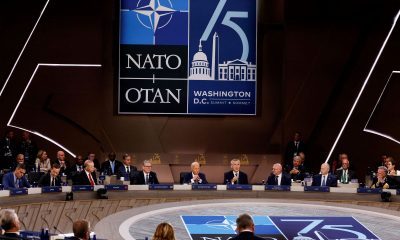

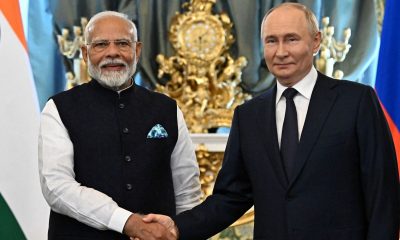

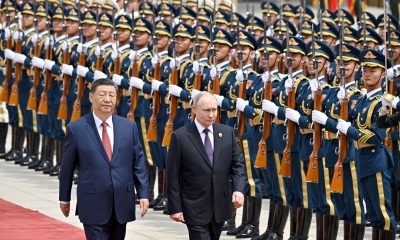

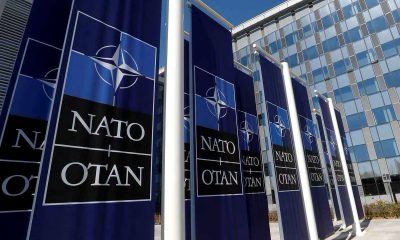

You must be logged in to post a comment Login